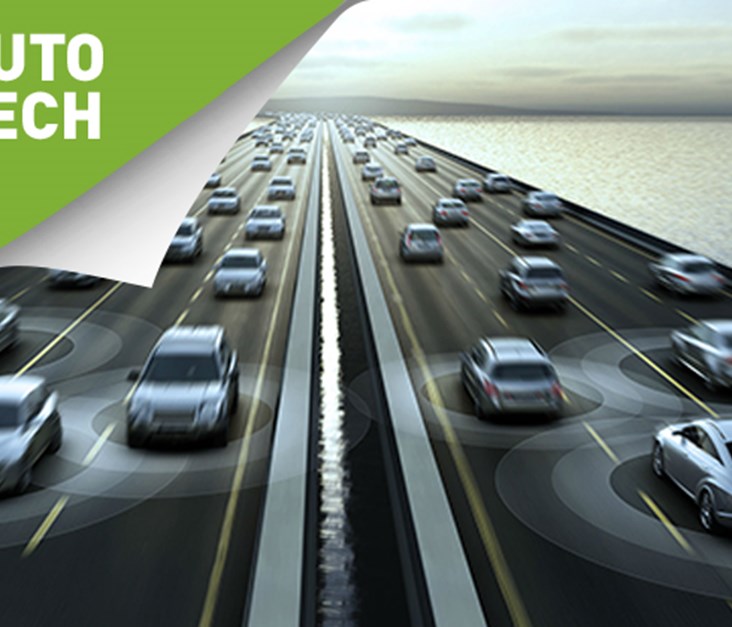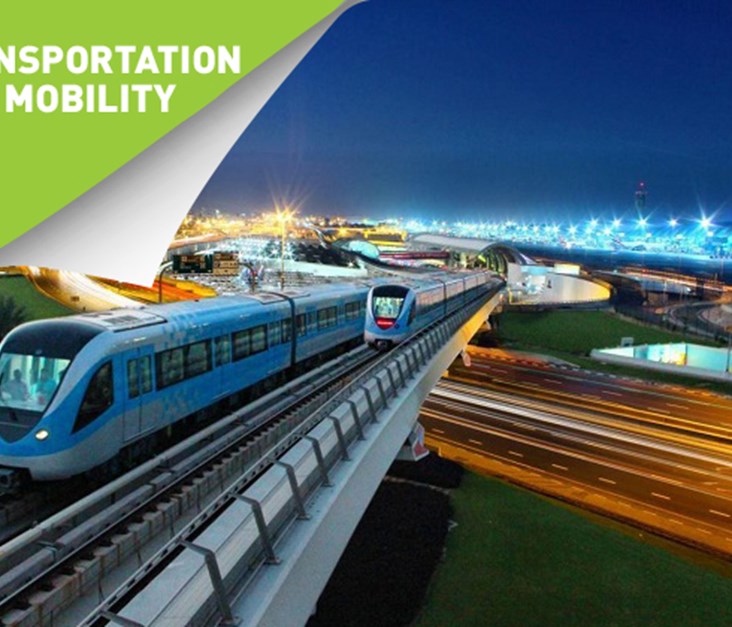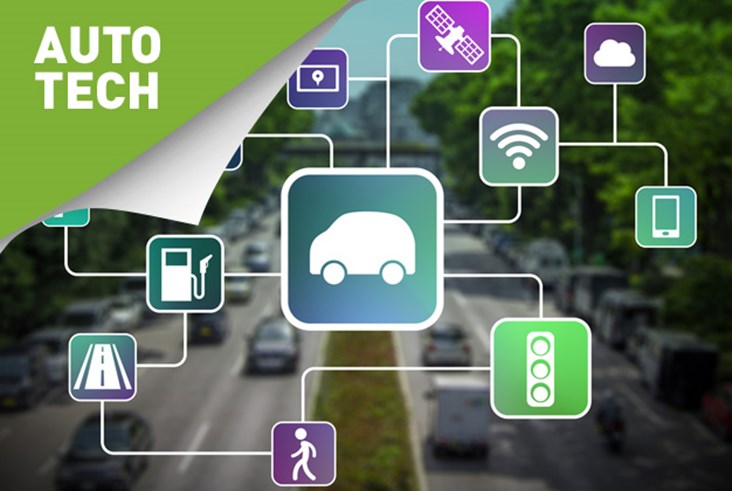
Due to the continuous innovation of technology, the automotive sector is constantly pursuing advancement in automotive tech. While automotive technologies have traditionally focused on enhancing the vehicle itself, automakers have now directed their attention towards connective technology - developing the car’s ability to connect the driver with the outside world and enhance the driving experience altogether. The rise in connective car technology may be disruptive, having the potential to significantly alter the competitive automotive landscape. By attracting fierce competition, industry leadership may shift to new players and industries such as software and telecommunication who already have a strong presence in the automotive market.
Building the Connected Car
The diversified competition and continuous stream of new entrants in the connected car space forces original equipment manufacturers (OEMs) to accelerate their innovation efforts —not just in technology, but also in their corporate cultures, merger and acquisition approaches, management styles and workforce recruitment. In order to stay in the lead and drive out inevitable competition, automakers need to take on an aggressive strategy by forming partnerships, establishing mergers and buying out competitors. This strategy has proven to be successful, allowing automakers to acquire much needed hardware and software expertise at a much more affordable rate compared to in-house development. These technologies include sensors, telecommunication solutions, semiconductors, and artificial intelligence - all of which are critical to developing advanced connected car solutions. As capable as new entrants may be, whether established market leaders or tech start-ups, they simply don’t have the automotive experience, reach, or know-how to build automotive technologies on their own. Both automakers and new entrants are aware of this fact, which has resulted in the formation of many mergers and partnerships. For instance, Renault-Nissan has partnered with Microsoft to accelerate their connected car technology while other market-leading automakers like Toyota and General Motors have been investing in software firms and tech start-ups to better position themselves for the rise of connected car services.
What’s Under the Hood?
In recent years, automakers have barely touched the surface of connective technology, focusing on the development of HMI (Human Machine Interface), which is mainly made up of ADAS (advanced driver assistance systems) and infotainment systems. ADAS provides drivers with safety assistance technology, including features such as blind spot detection, lane assist, active cruise control, collision warning and active park assistance. Infotainment systems, on the other hand, provide drivers with driving entertainment through smartphone connectivity and user-friendly touchscreen interfaces. The future of connected car technology, however, goes far beyond what’s being offered on the market today. Vehicle communication aims to be far more integrated and immersive for the driver. Introduced as Vehicle-to-everything (V2X) communication, such technology will be capable of passing information from a vehicle to any external entity that may affect the vehicle, and vice versa. The three main categories currently being developed are: V2I (Vehicle-to-Infrastructure), V2V (Vehicle-to-vehicle), and V2D (Vehicle-to-device).
Vehicle-to-Infrastructure
(V2I) is based on wireless communication technology, establishing an exchange between vehicles and highway infrastructure, transforming infrastructure equipment into “smart infrastructure” which contain communication technology such as sensors, receivers and transmitters. V2I provides a wide range of safety, mobility, and environmental benefits for drivers. One particularly convenient V2I service is the ability of vehicles to communicate with traffic light systems. How this works is that when a car enters an area or city that supports V2I, it logs onto the infrastructure's cloud and is then given a unique service token. The vehicle’s GPS location and heading then determine which traffic signal is coming up. Information about that light will be provided, notifying the driver whether they’ll be able to make it through the intersection or not. In the case that they are caught at the red light, a countdown (in seconds) begins until the green light appears. Audi recently showcased this technology in Las Vegas and plans to provide this optional feature in its 2017 vehicles but with a monthly subscription fee. Sadly, however, V2I services such as this will most likely be introduced by a painfully slow rollout one city at a time.
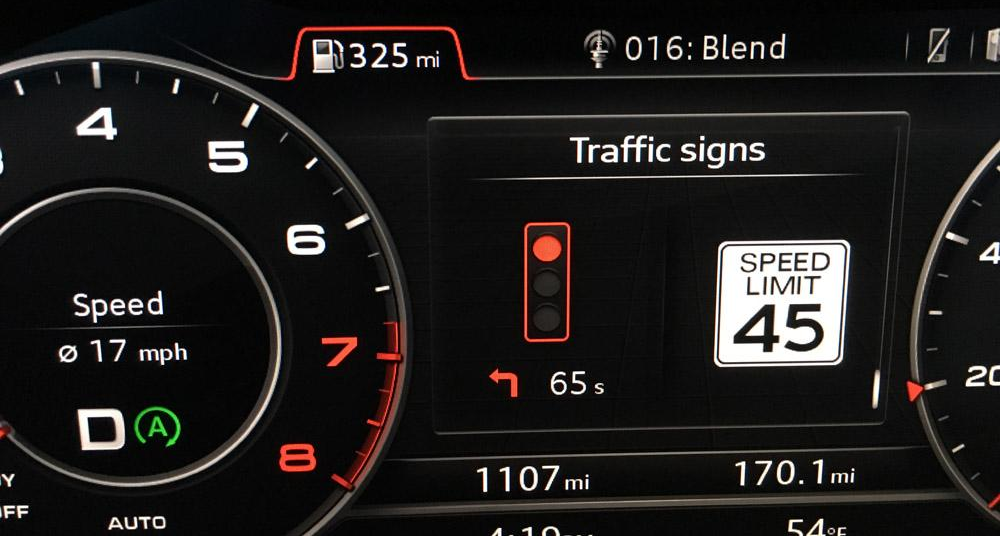
Vehicle-to-Vehicle
(V2V) technology relies on the above “smart infrastructure” to create a platform for vehicles to communicate, enabling the sending and receiving of data between compatible vehicles. Information on road conditions, traffic, and other environmental conditions are some of the few examples. The technology behind V2V is based on small radio transmitters and receivers found in vehicles, which are capable of broadcasting information to infrastructure and other vehicles within several hundred yards. Safety, of course, is the main motivation behind this V2V. For example, in the case of a hazard, vehicle and infrastructure sensors will automatically alert the platform, which, in theory, will notify nearby connected vehicles. Another advantage is that vehicles may also alert the platform of traffic severity through the analysis of vehicle speed and location, notifying other vehicles and recommending a re-route.
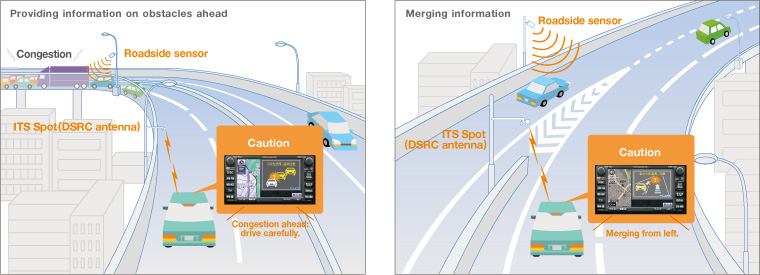
Vehicle-to-Device
(V2D) communication is a particular type of vehicular communication system that enables the exchange of information between a vehicle and an electronic device, in most cases a smart device (smartphone/smart watch). The growing development of mobile technology has ultimately entered the automotive tech industry. V2D leverages smart device technology through mobile apps and NFC capabilities to offer a better driving experience - allowing you to monitor, as well as interact, with your vehicle. Many automakers have come to embrace this technology, some the first-movers being BMW and Tesla. BMW’s V2D tech, first made available on the 2016 7-series, offers both a mobile app and a smart key fob. The mobile app allows the driver to access certain vehicle functions remotely while the smart key fob allows for monitoring vehicle information and statistics. Similar to BMW, Tesla also provides a similar mobile app. Features include allowing the customer to remotely turn the vehicle on and off, pre-setting vehicle temperature and using the “summon” feature.
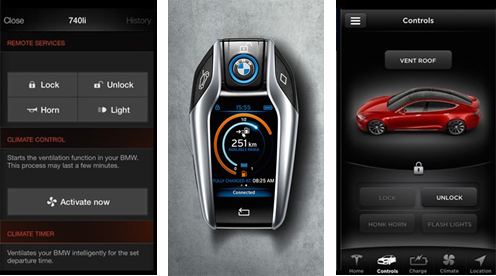
The Benefits and Concerns
The overall purpose of innovating and introducing connected car technology is to benefit both the driver and society at large. V2X technology, however, provides both benefits as well as some valid concerns.
Transportation, whether public or private, is one of our daily activities. This gives road condition status and information great value. Connected vehicles give drivers access to critical information such as traffic congestion, road collisions, road works etc. Informed drivers are therefore able to make informed decisions on whether to avoid congested routes, use public transit, or even reschedule their trip. This insight creates more fuel-efficient and eco-friendly transportation practices. Connected vehicles have the potential to solve transportation woes and ease traffic mobility in major cities around the world. Middle-eastern cities like Jeddah, Riyadh, Abu Dhabi and Dubai, plagued by heavy traffic volumes, may benefit significantly from connected vehicle technology. The future deployment of this technology will enable people to make real-time decisions and maintain transport sustainability.
Despite these benefits, connected vehicles have one major concern that requires serious attention. Given that connected technology is highly dependent on wireless connections, data protection and security is crucial. Such technology, when mass-adopted, will result in terabytes of information being transferred daily, all collected and processed by the vehicles. Given that the majority of this data is stored in the cloud, it becomes a potential target for cybercrime attacks, which may cause serious harm to connected vehicle owners. In the case where such data is illegally accessed, a very large number of accidents could occur. Since the introduction of connected car technology, white-hat hackers have been pointing out the flaws. Several videos exist showing how easy it is for such hackers to gain control of vehicles, apply their brakes, turn off certain functions, and even reveal and track its location. To overcome these risks, car manufacturers will need to meet strict data encryption standards and ensure the safe transfer and storage of vehicle information to avoid the many possible cyber-attacks.
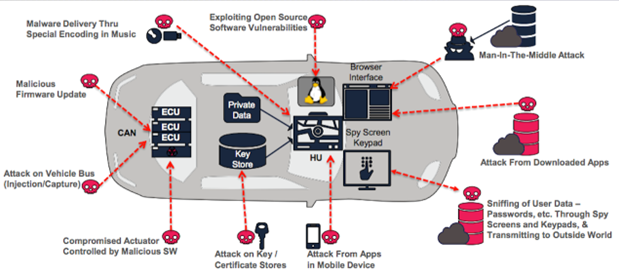
Latest Business
Intelligence Report













